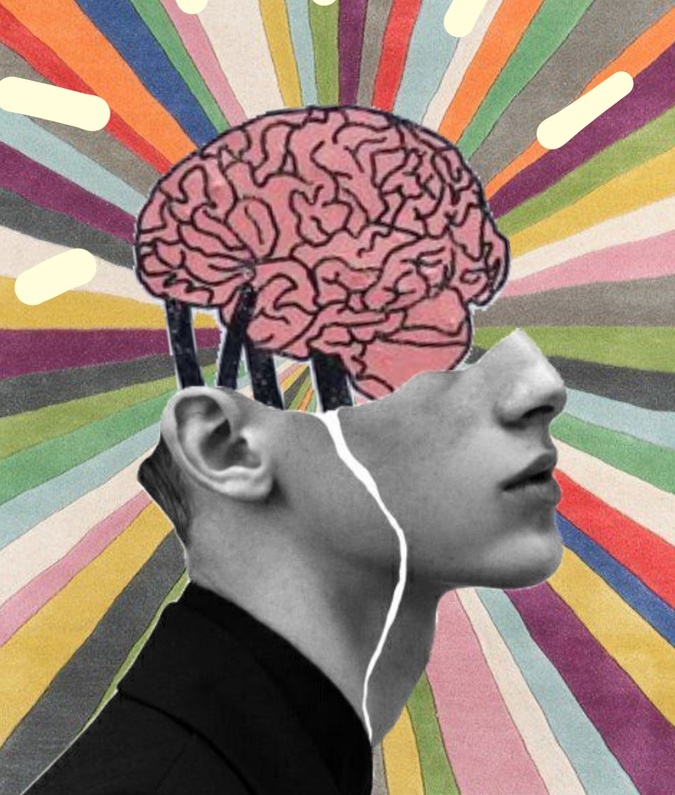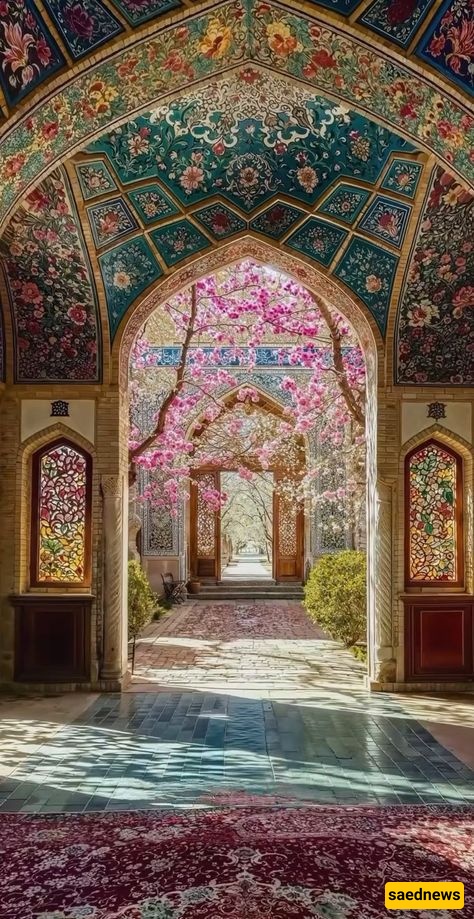SAEDNEWS: Long before modern brain-training apps, Persian scholars built “memory palaces” — elaborate mental architectures designed to store knowledge for a lifetime. Their forgotten techniques may hold secrets for boosting memory in today’s digital age.

In an era when most people offload memory onto smartphones, it’s easy to forget that once upon a time, memory itself was considered a superpower. Thousands of years before “cognitive science” became a field, Persian scholars, poets, and mystics developed intricate systems to train their minds. Among these, none was more extraordinary — or more mysterious — than the memory palace.
This mental technique, rooted in visualization, treated the human mind like a vast architectural complex. Knowledge was not just memorized but placed in imaginary halls, gardens, and chambers. Each corridor stored verses of poetry, each courtyard held formulas, and every carved column bore the weight of stories. It was a way of building libraries inside the mind.

While the “method of loci” is often credited to the ancient Greeks, records suggest Persian scholars were equally adept — and perhaps even more creative — in developing their own mnemonic architectures.
Medieval Persian texts hint at techniques where scholars associated abstract knowledge with palatial imagery. Astronomical tables, Quranic commentaries, and even medical recipes were locked inside imagined rooms. A 13th-century account by Nasir al-Din al-Tusi describes how “memory requires pillars, just as a house requires columns.” These weren’t mere metaphors. To a Persian scholar, memory was architecture.
The Silk Road helped ideas flow both ways: Greek and Indian systems met Persian ingenuity. By the 10th century, scholars in Baghdad and Nishapur were refining a hybrid science of memory, embedding philosophy, theology, and mathematics into elaborate mental blueprints.
The context mattered. In medieval Persia, books were treasures, often copied by hand and available only to the elite. Printing presses were centuries away. If you were a physician in Isfahan or a poet in Shiraz, your ability to recall vast amounts of information determined your reputation.
A scholar could not afford to forget. Memory was prestige, and the palace was its throne. Students were trained to walk mentally through imaginary structures before reciting entire manuscripts aloud. It wasn’t unusual for a learned man to recall hundreds of pages word-for-word.
Unlike the purely pragmatic Greek systems, Persian memory palaces often carried a mystical tone. Sufi poets described inner gardens where divine truths blossomed like roses. Knowledge was not simply stored — it was experienced.
The 12th-century mystic Suhrawardi spoke of “inner fortresses” where wisdom could be safeguarded from the chaos of the outside world. For him, memory was not just a skill but a sacred duty. The palace was a temple of the mind.
This spiritualization made the Persian memory palace unique. To remember was to honor God’s creation. Forgetting was not just failure; it was a sin against knowledge itself.
How did they do it? Surviving texts and oral traditions offer clues:
Vivid Imagery: Instead of abstract notes, Persians visualized stories. A medical recipe for fevers might be remembered as a burning lion pacing in a courtyard.
Symbolic Architecture: Columns, gates, and fountains became anchors for ideas. A series of pillars might represent steps in an argument.
Poetic Encoding: Rhyme and meter turned knowledge into song. This explains why so much Persian science was recorded in verse.
Sufi Allegory: Concepts were wrapped in mystical symbols — the rose for love, the mirror for truth — making them easier to recall and spiritually resonant.
These techniques prefigured modern neuroscience. Today, psychologists know that emotional and visual associations dramatically boost memory retention. Persian scholars had figured it out centuries earlier.
By the 19th century, the practice had largely faded. Printing presses, mass literacy, and new schools diminished the need for monumental memory. What was once essential became ornamental. The mental palaces were abandoned, their gates left unguarded.
Ironically, just as Persia forgot its palaces, the West rediscovered memory systems through Renaissance humanists — many of whom had translated Arabic and Persian texts during the Crusades. The knowledge had migrated, leaving its birthplace in silence.
The Persian memory palace isn’t just a quaint relic. In a world drowning in information overload, their techniques feel urgent again. Neuroscientists studying memory athletes confirm that ancient visualization tricks still outperform rote learning.
Apps, books, and productivity gurus sell “mind hacks” that Persian scholars would have found obvious. The idea of building a personal inner library may sound romantic, but it’s also practical: better focus, deeper recall, and even improved creativity.
Imagine remembering entire books without glancing at your phone. Imagine learning languages not through flashcards, but by walking through a rose garden where every flower speaks a new word. That’s the promise of the Persian palace.
Perhaps the most haunting aspect is this: these palaces were never physical. They still exist, waiting to be rebuilt by anyone willing to close their eyes and imagine. The ancient Persians believed memory could make a person immortal — and in a sense, it has. Their poems, formulas, and philosophies survived through the minds of those who remembered.
And maybe that’s the real lesson. In a world obsessed with external storage, we may have abandoned the greatest palace of all: the one built inside our own minds.

